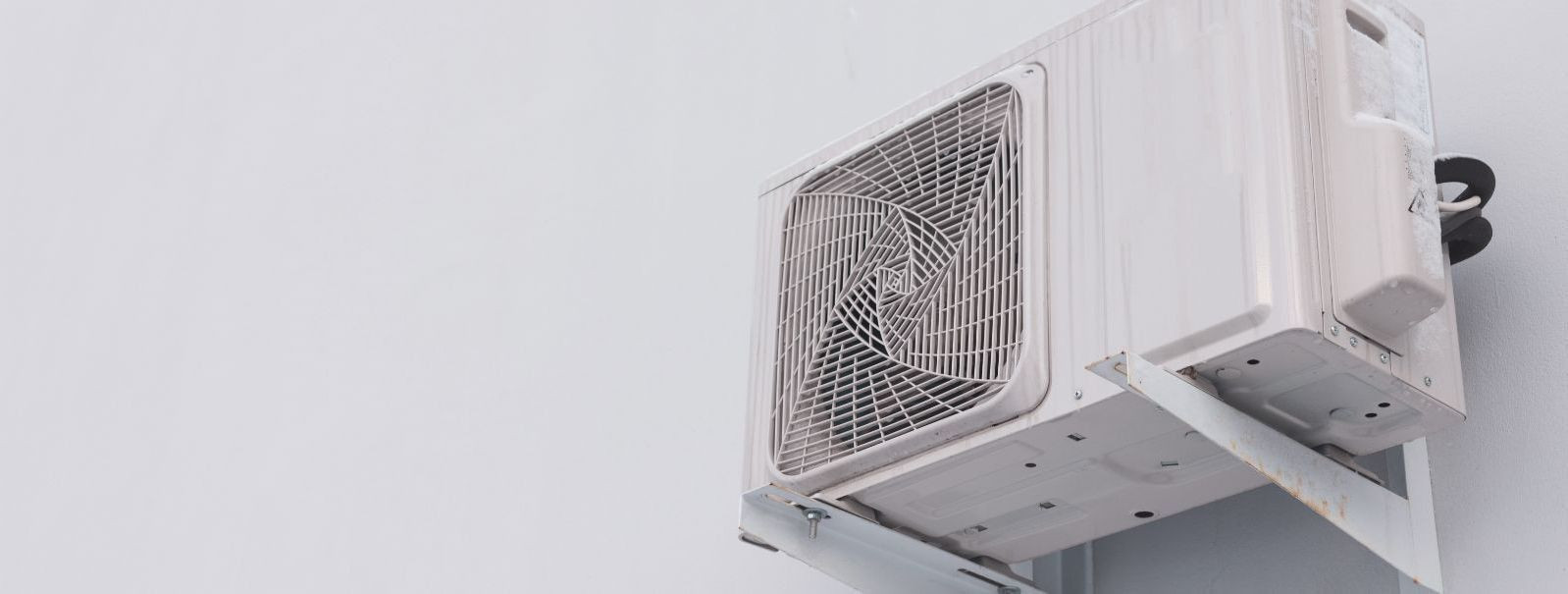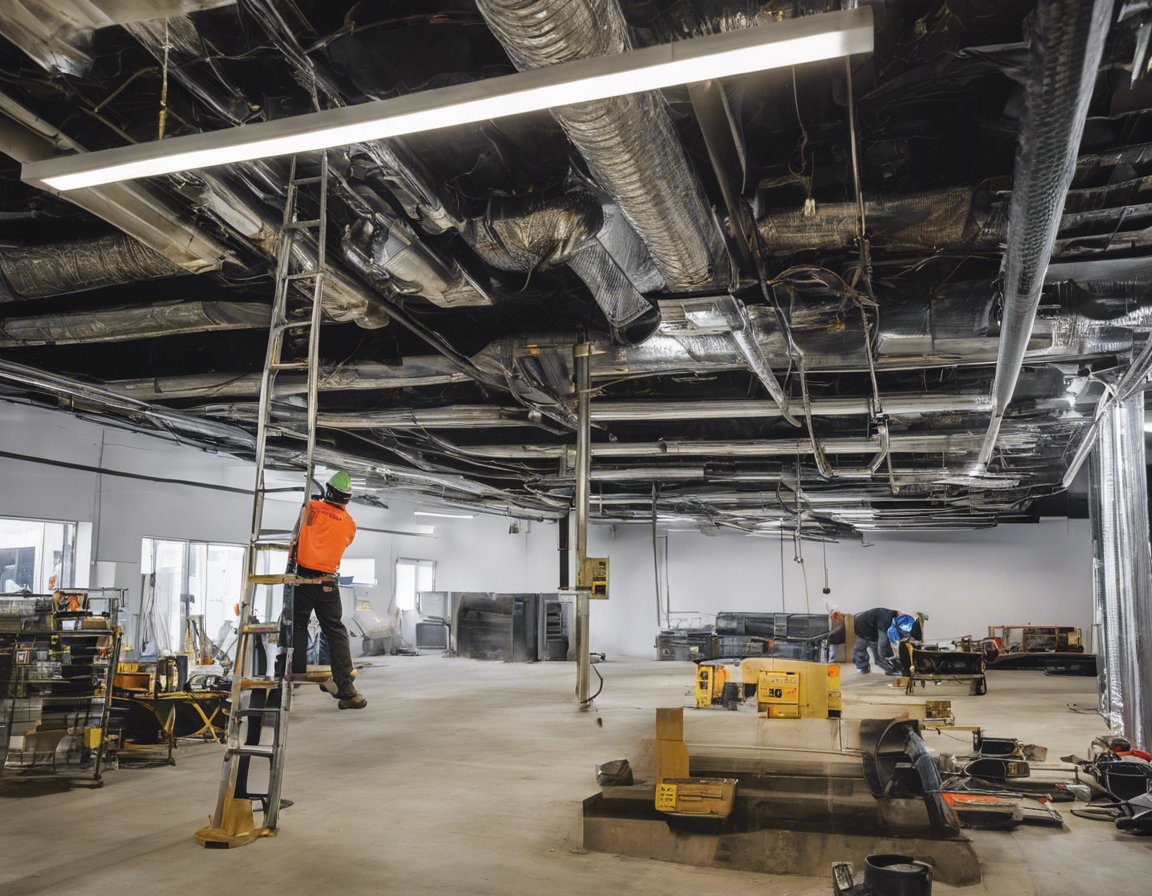How to improve your indoor air quality with ventilation
Indoor air quality (IAQ) refers to the air quality within and around buildings and structures, especially as it relates to the health and comfort of building occupants. IAQ can be affected by a variety of factors, including pollutants, humidity, and ventilation rates.
Indoor air pollutants can come from a multitude of sources, such as building materials, furnishings, cleaning products, electronic devices, and outdoor air pollution. Common pollutants include volatile organic compounds (VOCs), particulate matter, mold, pollen, and tobacco smoke.
Good IAQ is crucial for the health and well-being of occupants. Poor IAQ has been linked to a variety of health issues, including respiratory problems, headaches, fatigue, and long-term diseases. Enhancing IAQ is not only a health priority but also contributes to increased productivity and comfort.
Principles of Ventilation
Natural ventilation utilizes wind and thermal buoyancy to move fresh air through buildings. This can be achieved through open windows, doors, vents, and other openings.
Mechanical ventilation systems use fans and ductwork to provide fresh air to a building. These systems can be designed to provide general ventilation throughout the building or targeted ventilation to specific areas.
Hybrid systems combine natural and mechanical ventilation to optimize air quality and energy efficiency.
Strategies for Improving Indoor Air Quality with Ventilation
Improving the design and layout of buildings to enhance cross-ventilation and stack effect can significantly improve IAQ with minimal energy costs.
Installing or upgrading mechanical ventilation systems can ensure a consistent supply of fresh air, especially in buildings where natural ventilation is insufficient.
Maintaining and cleaning ventilation systems are essential to prevent the buildup of pollutants and ensure they operate efficiently.
Smart controls can adjust ventilation rates based on occupancy, indoor pollutant levels, and outdoor air quality, providing optimal IAQ while minimizing energy use.
Advanced Ventilation Solutions
HRVs and ERVs can recover energy from exhaust air to pre-condition incoming fresh air, reducing the energy burden of heating and cooling systems.
DCV systems adjust the ventilation rate based on the number of occupants and the level of indoor pollutants, providing energy savings while maintaining IAQ.
UVGI systems use ultraviolet light to kill or inactivate airborne pathogens, improving IAQ in environments with high risk of disease transmission.
Energy Efficiency and Ventilation
Implementing energy-efficient ventilation practices can significantly reduce energy consumption while maintaining or improving IAQ.
Proper sealing and insulation can prevent uncontrolled air leakage, ensuring that ventilation systems work as intended and do not waste energy.
Effective ventilation strategies can influence the heating and cooling loads of a building, leading to potential energy savings and improved system performance.






Comments (0)